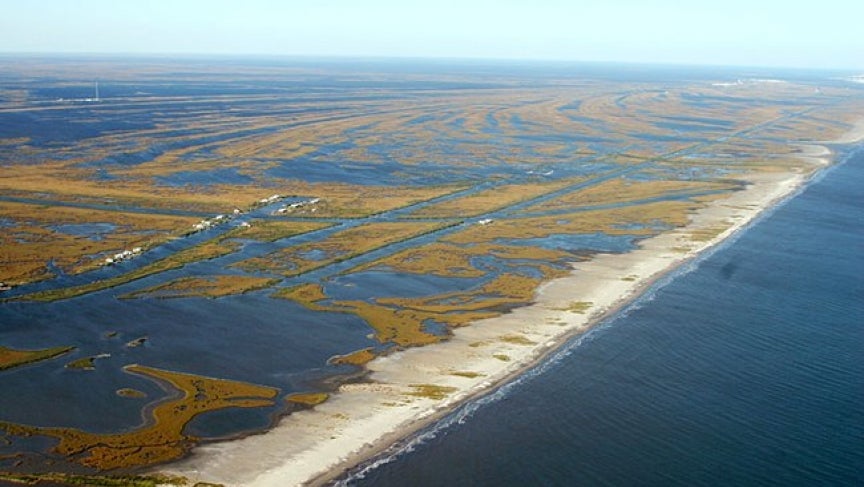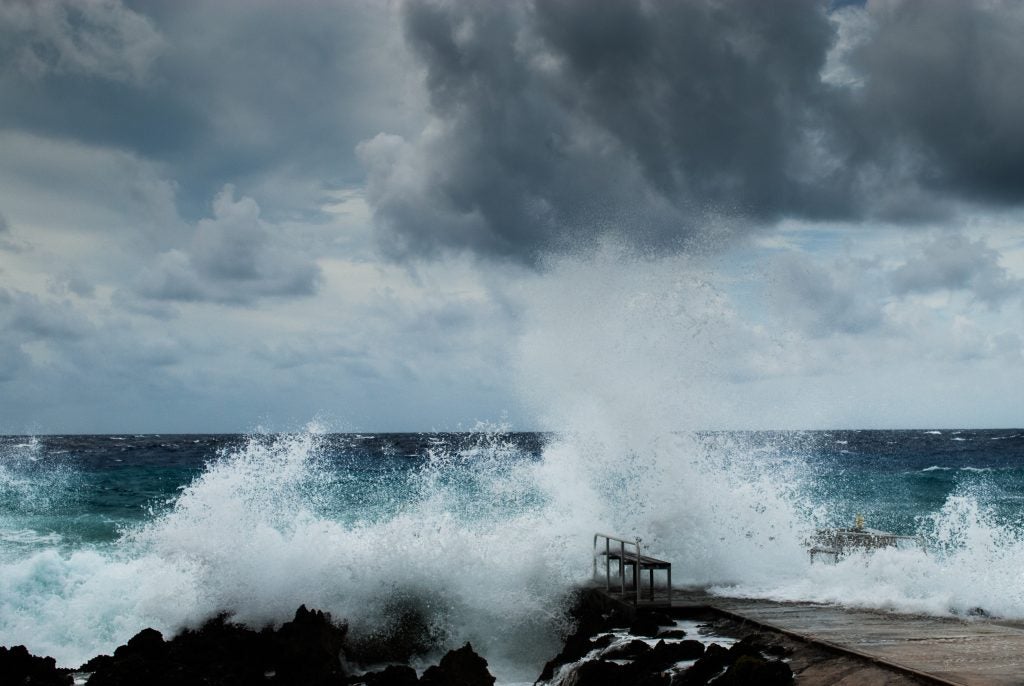As North Carolina continues to recover from a string of flooding and storm disasters, legislative leaders have recognized the opportunity for the state to not just recover from recent storms but to rebuild better before the next disaster.
This week, Environmental Defense Fund released a white paper [PDF] recommending four specific policy actions that would better protect residents and businesses from more severe flooding, create jobs and increase climate resilience.
These four policies will also help the state better compete for federal funding, build capacity within communities and equitably align solutions for those who are disproportionately impacted by disasters. Read More











